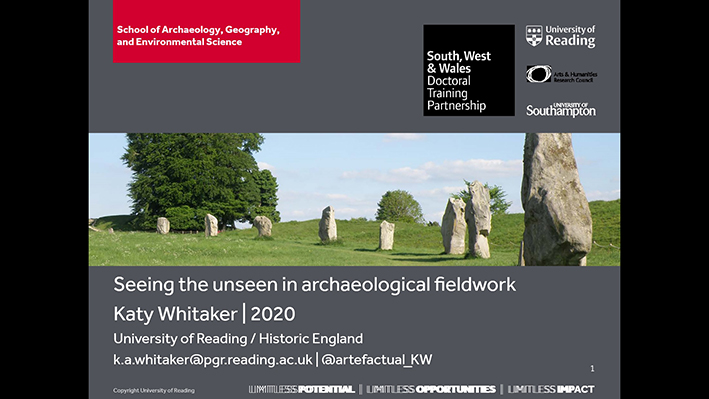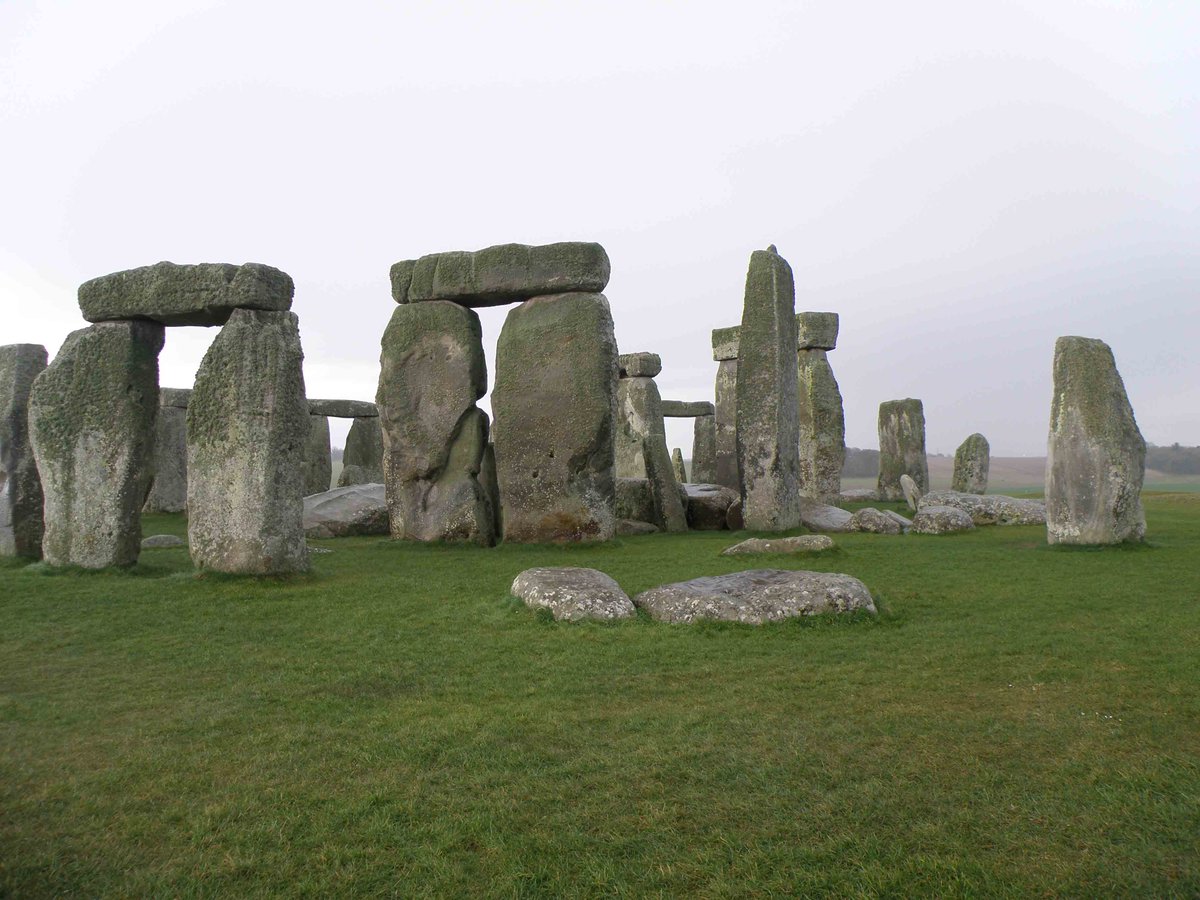
Welcome to #HiddenLandscapes, the @SWWDTP’s ‘Figures in the Landscape’ Research Cluster Twitter Conference! We have a fascinating morning of research for you from some of our current PhD students who are working in diverse subjects including linguistics, history and archaeology. 

Presentations by @jackpulsla @KerstinGHope @EPeirsonWebber me and @oldchurchlover are grouped into two sessions. Q&A gives us some space to start the conversation, but this is Twitter, you can catch up any time and ask us your questions about our research into #HiddenLandscapes. 

This is the first ever Twitter Conference for some of our students, and like most people we are working from home with varied IT access. Please help us by keeping questions on point, be generous with comments/re-tweets, and patient in the face of IT gremlins! #HiddenLandscapes
We begin with a few words from one of our students who is a landscape archaeologist and works with aerial photographs and Lidar. Check out @KrysiaTruscoe to introduce #HiddenLandscapes! 

• • •
Missing some Tweet in this thread? You can try to
force a refresh








